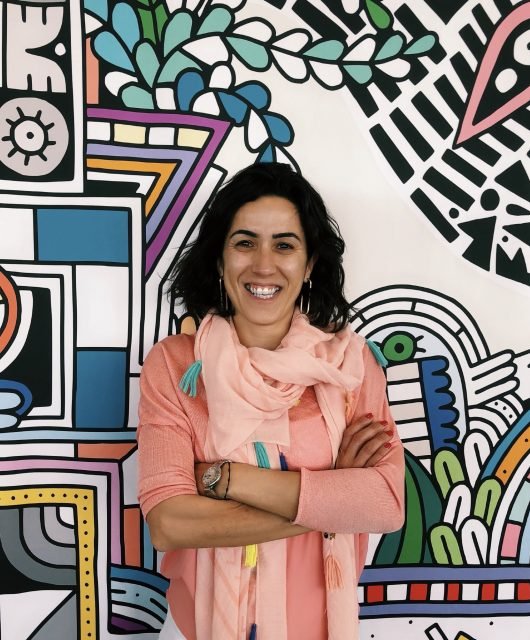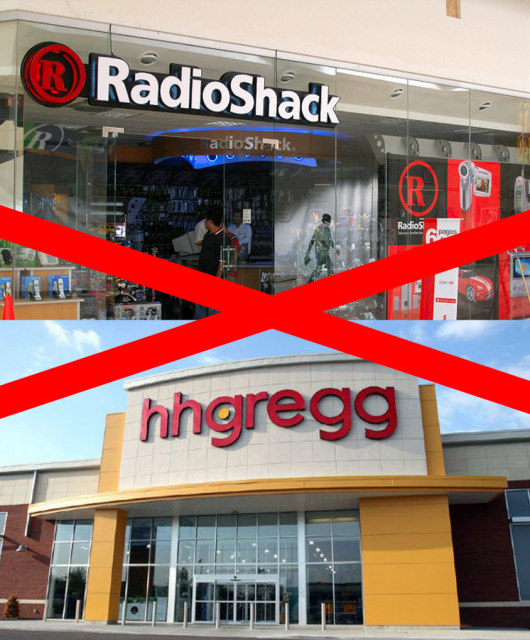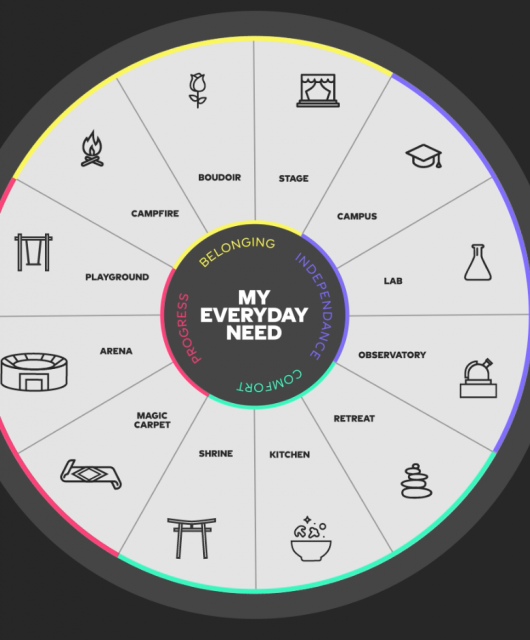Streaming Wars – The Battle Of The Streaming Platform Heats Up

Here we are in 2020, change in the media landscape is accelerating at an unrelenting pace with new technologies, platforms and business models continuing to re-shape our industry every day.
SVOD – Subscription Video on Demand or Online content streaming is one such industry which has seen an exponential growth and created a new segment of its own.
While broadcast TV still dominates the landscape globally, streaming (online viewing) is gaining ground.
Last year we at Kantar predicted that the big screen would make a comeback, and we were right. Our TV and Audience Measurement data from various European countries confirms that audiences are turning to the TV set for their online TV viewing.
Subscription Video on Demand (SVOD) has had a strong year for global players including Amazon Prime Video, Netflix, Hulu, and myriad local providers like iQiyi in China, Hotstar in India and Starzplay in MENA. There’s now even fiercer competition, with major media owners including Disney and HBO Max getting into the action, in addition to Apple and WarnerMedia.
In the MENA region, online video subscriptions are expected to reach almost five million, while revenues will reach $416 million. Starzplay, a UAE based subscription VOD service is the market leader with 29% share, followed by Netflix with 24% as per IHS Markit in its Pay TV & Online Video Report Mena 2019. Local players like Shahid.com and Wavo come next in line and are growing in the region.
This increased competition may seem healthy, but will we see subscription fatigue leading to industry consolidation?
Our TGI Global Quick View data shows that 44% of connected consumers globally who pay for an online streaming service have at least two subscriptions, 18% pay for at least three, and 7% pay for four or more. This suggests that the market could prove difficult for new subscription-based streaming services, as consumer attention, and wallets, only stretch so far.
One casualty of this growing competition in MENA was Malaysia-based iFlix, which pulled out of the region two years after its launch in 2017, unable to replicate the success of its core market in South East Asia.
Even if we move beyond the cost implications, will consumers really value this choice? More is not always better.
Consumers will continue to use advertiser-funded and subscription-based services, but the ever-increasing amount of available content and platforms will lead to a paradox of choice; more is not always better. Overwhelmed consumers will become more discerning and focus their time on services with algorithms that provide the greatest enjoyment.
So what does this mean for the SVOD industry, marketers and brand advertisers?
Producing high quality content, while maintaining profits, would perhaps be the biggest challenge for the SVOD industry. This may lead to industry consolidation and would also drive the need for an ‘ad supported model’. Perhaps a free version, lower-price and full-price models with the level of advertising shown relating to the price that you pay.
However, in the current scenario, with most players selling ‘ad-free subscription’ based platforms, there are restricted opportunities for advertising. So how can marketers capitalize on this for growth?
Advertisers can explore on building content integration, product placement, branded integrations and co-promotions. However, the key here is to ‘stay authentic and seamlessly blend in’. It is even more essential on these platforms because brands are reaching out to a very captive audience and are encroaching their private space, so if they do not do that well, it may as well end up in having a negative impact on the brand!
We know that content is king. The winners in this battle will certainly have to own high quality original content and this implies a greater understanding of their audiences. Content providers of all types will need to pay even closer attention to their customers’ demands and interests, to keep them engaged.





